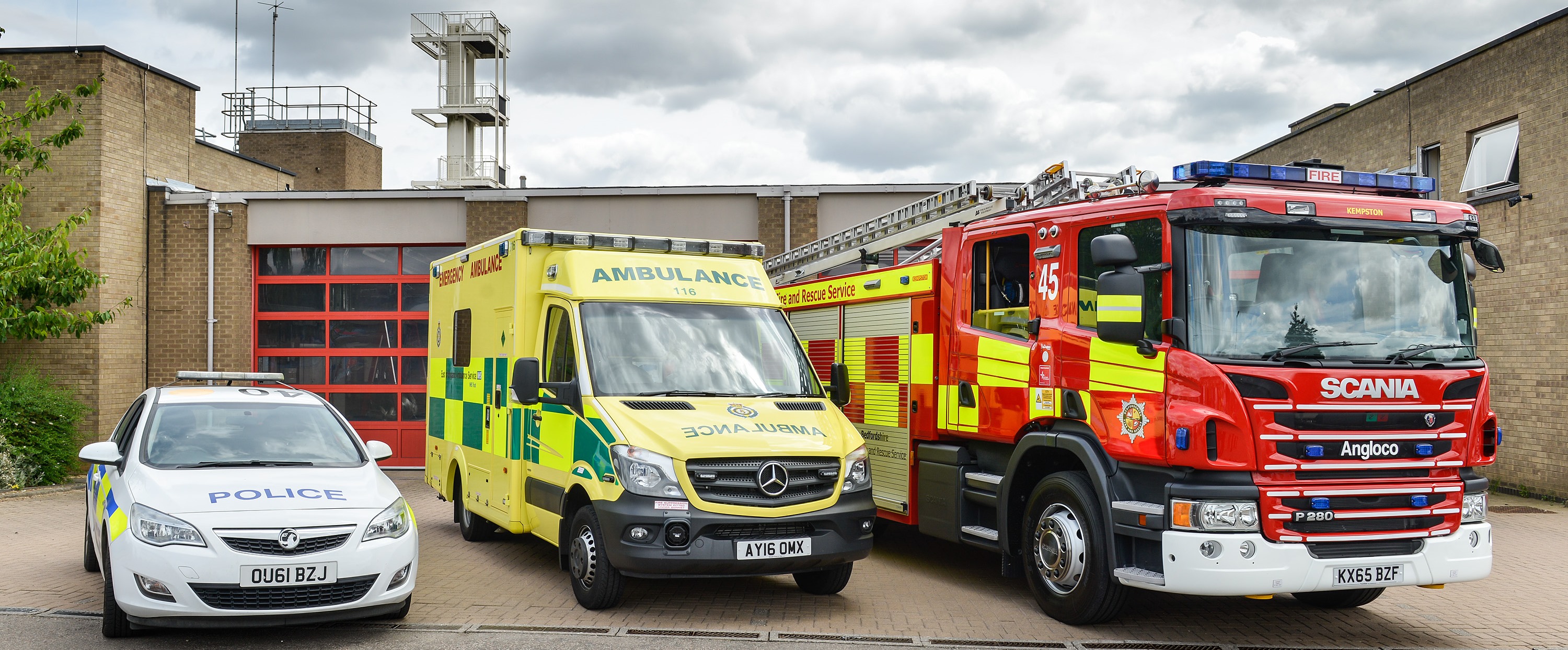General Information about Durham City |
- Home
- Meetings
- 2024 in Durham, UK
- General Info about Durham City
How Durham was Founded Durham is a UNESCO World Heritage Site. It was first founded in the 10th Century AD by Anglo-Saxon monks who were carrying the remains of St Cuthbert (one of the early British Christian Saints) away from Lindisfarne Island off the Coast of Northumbria which had been raided by Vikings. Legend has it that St Cuthbert was eventually laid to rest at the site because his funerary bier could not be moved after having been carried to various, different places. Eventually, the site of Pilgrimage to St Cuthbert became the site of Durham’s magnificent Cathedral where even now St Cuthbert is buried. The Cathedral is free to enter and has both a coffee and gift shop. A tour of the Cathedral is being organised for the afternoon before the ISEMPH Reception which will be held in the Cathedral Cloisters. Do sign up for the tour if you are interested. There will be a small charge for this. |
Durham Castle
Durham is also the site of a mediaeval Castle which is now used as one of the University’s residential Colleges and where we anticipate having the final night banquet (renovations permitting). The Castle was built in the 11th century as a motte and bailey defensive structure referring to a fortified keep on a hill surrounded by a fenced courtyard. Later the Normans rebuilt the structure as a stone Castle. There are several beautiful architectural features to the Castle which has been continuously remodelled over the years. Nowadays, it houses student rooms, a student bar in the Undercroft and dining facilities. Regular tours of the Castle are organised for the public and we hope to have a tour of the Castle available if renovations permit this. |
